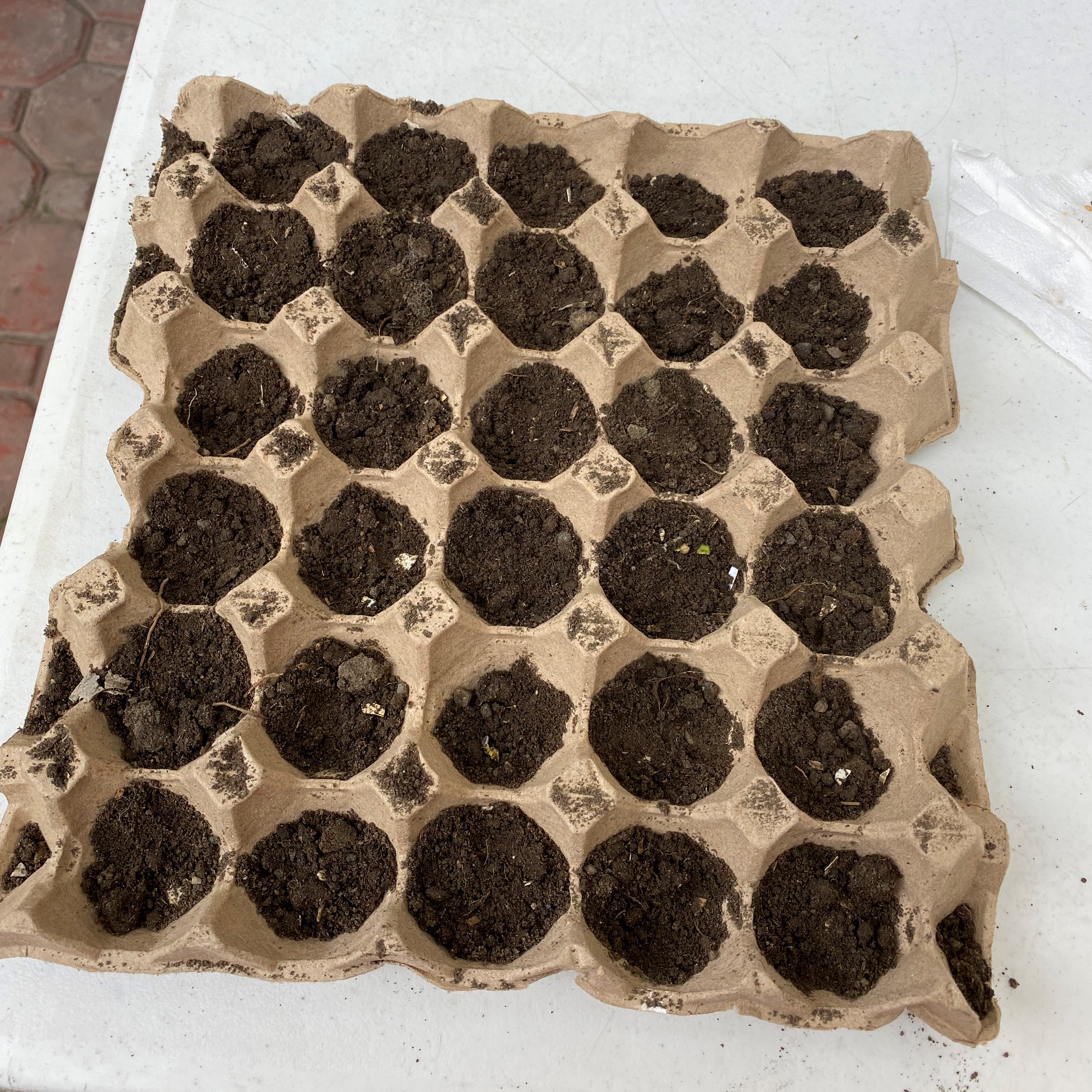Science Investigatory Project
Effectivity of Compost Tea and Mulch Method on Solanum
Lycopersicum Height









Our investigatory project revolves around compost — an
organic fertilizer that increases the
growth of various crops — and the effectivity of its various methods. Compost on its own is very beneficial
as it enhances the soil by encouraging fungi and bacteria to create nutritious material for plants,
therefore improving plant growth. This is taken up a notch as well since compost is also used to enhance
reforestation, marginal soils, wetlands restoration, and habitat revitalization initiatives, making compost
very impactful towards our environment. Going back to our investigatory project, exploring different methods
of composting could ultimately help us know what method is most effective to optimize a plant's growth and
condition, and by highlighting the importance of assessing the situation and offering solutions, this can
inspire community members — the intended beneficiaries — to get involved.
Our partner institution, Talikala, Inc., is a non-profit organization
that aims to establish a safe space
for victimized women and children to help them improve their quality of life through offered services and
programs. Their mission to do so may be difficult to fulfill due to the lack of funds to cater to their
basic needs, and thus poses a threat to their food availability, especially at this time of the COVID
pandemic. Our research proposal investigates different methods of composting, assessed upon the tomato
plant, which could offer the community a suitable method that would consider their given situation to help
them save time and money, as well as grow their own fresh and healthy crops. This can ultimately be
beneficial for them as it addresses their issue of scarce food assistance, and at the same time promotes
sustainability in their community.
Which method of compost application (i.e., mulching compost on the soil of the plant
and using compost
tea) is the most effective for the tomato plant’s (Solanum lycopersicum) height?
If the method of mulching or spreading compost on the soil of the plant is applied,
then
the tomato plant will grow taller.

A. Variables
Independent Variable: The specific method used in applying compost to the soil of the plant
(mulch method and compost tea method)
Dependent Variable/s: Height of the tomato plant, Growth Rate of the tomato plant
Controlled Variable/s: Type/variety of tomato seeds used, quantity of tomato seeds in each pot,
amount of water used to hydrate the plants, quantity and size of container/pots, temperature of the area,
amount of sunlight exposure, amount and type of soil in each pot.
B. Treatments/Set-ups
The control set-up consists of our tomato plant, or seedling technically, without any additives to
its soil.
Our independent variable, which is the method used in applying our compost to the soil of the
plant, is not applicable for this is a controlled set-up, meaning there is no addition of compost to the
soil of this particular tomato plant.
Experimental set-up 1 is where we will utilize the mulching method of compost application to the
tomato plant. We will be adding a 1-2 cm layer of our compost to the soil’s surface once every two weeks, as
part of our independent variable.
Experimental set-up 2 , this time, is where we will utilize the compost application method of compost
tea.
After creating the compost tea mixture, we will be applying half a gallon of it onto the soil
and root area of the plant once every two weeks for proper nutrition.
There will be 5 replicates per set-up.






Our experiment starts with the germination of seeds. In order to do this, we used an egg tray or a seedling tray. First, we filled up the holes with loam soil, then dug a hole in the middle of the soil for the seed (one seed per hole). We will then water the seeds everyday and leave them under indirect sunlight or under a shade for 1 week.


Our compost includes eggshells, fruit scraps, vegetable scraps, newspapers, dried leaves, and loam soil. After we used a bucket to combine all these ingredients, we will leave this outside for 4-8 weeks or until it decomposes.